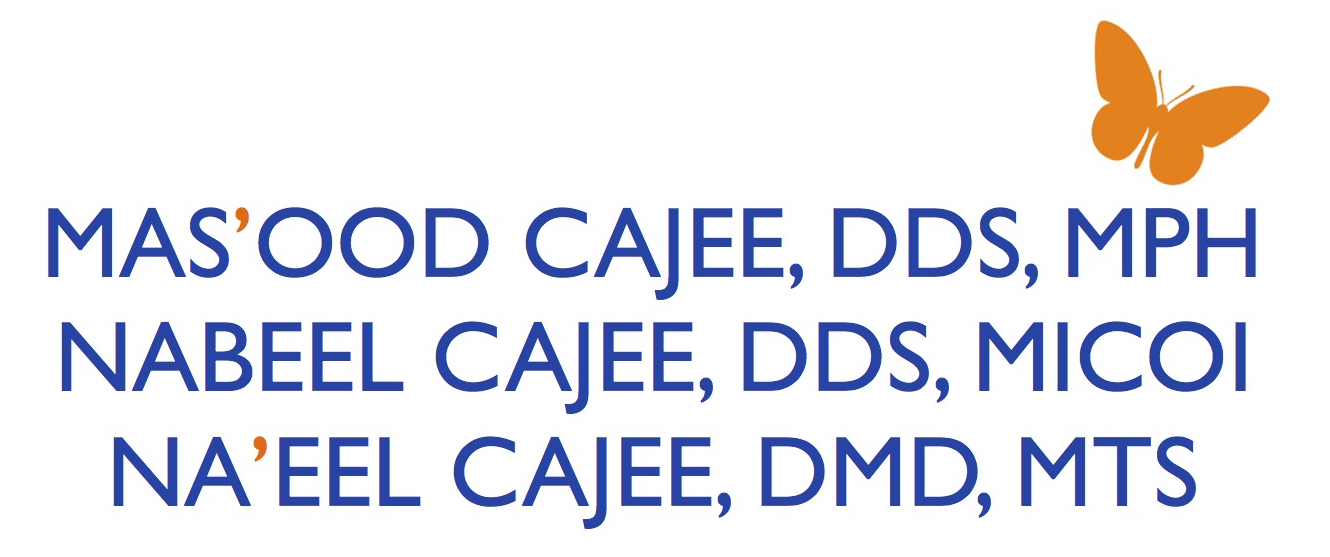How Can Physical Activity Help Reduce Gum Disease?
/Physical activity can help reduce gum disease by improving circulation, which allows the body to deliver more oxygen and nutrients to the gums. It can also help reduce stress, which is a known risk factor for gum disease. Regular physical activity can help control weight and blood sugar levels, both of which can also contribute to gum disease. However, it's important to note that physical activity alone is not enough to prevent gum disease; it should be combined with good oral hygiene habits such as brushing and flossing.
There are many different types of physical activity that can help reduce the risk of gum disease. Some examples include:
Aerobic exercise, such as running, swimming, or cycling, which can improve circulation and overall cardiovascular health
Resistance training, such as weightlifting or bodyweight exercises, which can help control weight and blood sugar levels
Yoga or other forms of stress-reducing exercises, which can help reduce stress, a known risk factor for gum disease
The American Heart Association and the Centers for Disease Control and Prevention recommend at least 150 minutes of moderate-intensity aerobic activity or 75 minutes of vigorous-intensity aerobic activity, or a combination of both, per week for adults. For resistance training, it is recommended to aim for at least 2 days of muscle-strengthening activity per week that works all major muscle groups (legs, hips, back, abdomen, chest, shoulders and arms)
Your dentist or physician can help determine an exercise plan that is safe and effective for you.





